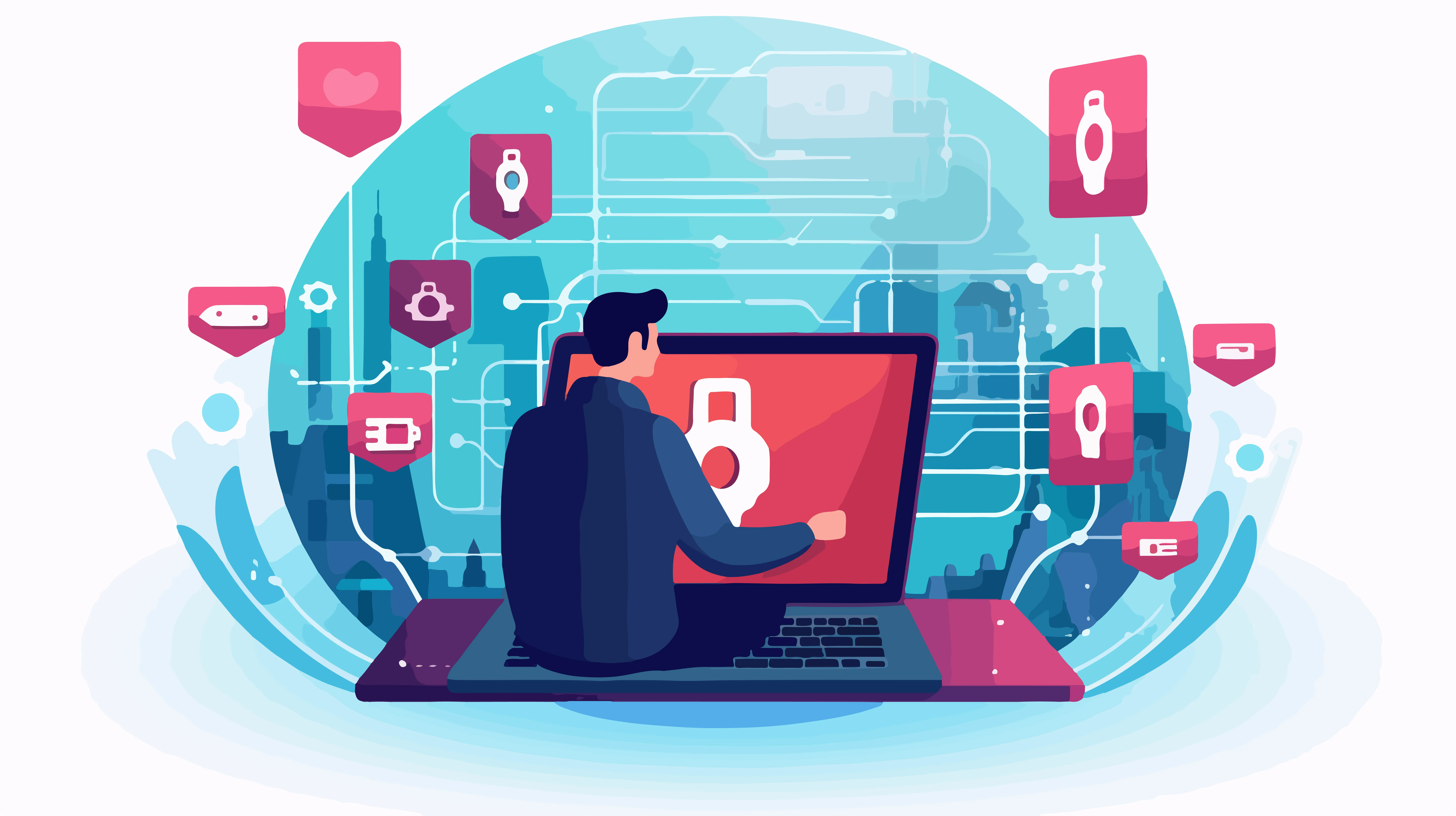In an increasingly interconnected digital world, protecting sensitive information is more critical than ever. Breaches and intellectual property (IP) theft represent two of the most significant threats to businesses, governments, and individuals. These attacks can lead to financial losses, damage to reputation, and diminished competitive advantages. As cybercriminals and state-sponsored actors refine their techniques, the need for robust security measures has become paramount. World BI is organizing Brand Protection Congress again this year where this topic is going to be discussed.
This blog focused on the landscape of breaches and IP theft, their impact, and strategies to mitigate these threats effectively.
What Are Breaches?
A data breach occurs when unauthorized parties gain access to sensitive information, often stored in digital formats. Breaches can happen due to:
- Hacking: Exploiting vulnerabilities in systems.
- Social Engineering: Manipulating individuals to divulge sensitive information.
- Insider Threats: Employees or partners misusing access privileges.
Common Types of Data Breaches
Credential Theft

- Cybercriminals steal usernames and passwords to access accounts or systems.
Ransomware Attacks
- Malicious actors encrypt data and demand payment for its release.
Phishing Schemes
- Fraudulent emails or messages trick users into providing sensitive information.
Database Exploitation
- Exploiting vulnerabilities in databases to extract sensitive records.
What Is Intellectual Property Theft?
Intellectual property theft involves stealing proprietary information, designs, trade secrets, or other creative outputs that provide a competitive edge. IP deals with creative ability. The four types of intellectual property protection are as follows:
- Patents
- Copyrights
- Trademarks
- Trade Secrets
Types of Intellectual Property Theft
Trade Secret Theft
- Example: A competitor stealing proprietary formulas or manufacturing processes.
Copyright Infringement
- As one of the most common forms of IP theft across different industries and sectors, copyright infringement refers to the unauthorized use, distribution, or duplication of a creative work protected by copyright law.
Patent Infringement
- Using patented technology or processes without permission.
Design Theft
- Copying product designs to create counterfeit goods.
How Much Does Intellectual Property Crime Theft Cost?
According to the Report of the Commission on the Theft of American Intellectual Property (also known as the IP Commission Report), the impact of IP theft on the U.S. economy is over $300 billion annually. However, IP loss is difficult to accurately quantify because it largely remains in the shadows, unlike customer credit card and personally identifiable information theft that has to be reported. Moreover, IP loss is unlike other property losses that can be recouped through insurance. Ultimately, IP loss makes both the companies and nations that are victims less competitive.
The Impact of Breaches and IP Theft
Financial Loss
- Breaches can result in direct costs such as fines, legal fees, and customer compensation.
- IP theft erodes revenue as competitors exploit stolen innovations.
Reputational Damage
- Breaches undermine trust with customers, investors, and partners.
- IP theft can tarnish a brand’s reputation if counterfeit products flood the market.

Operational Disruptions
- Ransomware or data breaches can cripple business operations.
- IP theft may force businesses to halt production or redesign products.
Legal and Regulatory Penalties
- Non-compliance with data protection laws (e.g., GDPR) can result in severe penalties.
- IP theft cases can lead to lengthy and costly litigation.
High-Profile Examples of Breaches and IP Theft
Equifax Data Breach (2017)
- Affected over 147 million individuals.
- Exposed sensitive information such as Social Security numbers and credit card details.
SolarWinds Attack (2020)
- A supply chain attack compromised government agencies and private firms.
- Highlighted the risks of vulnerabilities in third-party software.
Waymo vs. Uber (2017)
- Waymo accused a former employee of stealing trade secrets related to self-driving technology.
- Settled for $245 million in stock.
Piracy of Microsoft’s Software
- Widespread counterfeit versions of Microsoft’s software products resulted in billions in losses.
Why Are Breaches and IP Theft Increasing?
Digital Transformation
- The shift to cloud computing and remote work has expanded attack surfaces.
Sophisticated Threat Actors
- Cybercriminals and nation-state actors continually develop advanced tools and techniques.
Lack of Awareness
- Many organizations underestimate risks or fail to educate employees adequately.
Third-Party Vulnerabilities
- Dependence on vendors and partners creates additional entry points for attacks.
Strategies to Prevent Breaches and IP Theft
Implement Robust Cybersecurity Measures
- Use firewalls, intrusion detection systems, and endpoint protection tools.
- Regularly update and patch software to close vulnerabilities.
Employee Training and Awareness
- Conduct regular training on recognizing phishing attempts and securing sensitive data.
Encryption and Access Controls
- Encrypt sensitive data at rest and in transit.
- Use role-based access controls to limit data exposure.
IP Protection Strategies
- Register patents, trademarks, and copyrights to establish legal protections.
- Employ trade secret protections, such as non-disclosure agreements (NDAs).
Monitor and Audit Systems
- Continuously monitor networks for suspicious activities.
- Conduct regular security audits and risk assessments.
Collaborate with Law Enforcement and Industry Peers
- Share threat intelligence with relevant organizations and authorities.
- Participate in information-sharing networks to stay ahead of emerging threats.
Emerging Technologies to Combat Breaches and IP Theft
Artificial Intelligence (AI)
- AI-powered tools can detect anomalies and predict potential threats.
Blockchain Technology
- Provides tamper-proof records for tracking IP ownership and verifying authenticity.
Zero Trust Architecture

- Enforces strict identity verification at every access point, reducing insider threats.
Advanced Threat Intelligence Platforms
- Offer real-time insights into emerging cyber threats and vulnerabilities.
Conclusion
Breaches and intellectual property theft pose significant challenges to businesses and individuals alike. As these threats continue to evolve, proactive measures and robust security strategies are essential to mitigate risks. Stay vigilant, stay informed, and invest in the security of your digital and intellectual assets to navigate today’s complex threat landscape.
World BI Brand Protection Conferences
It is a global event uniting Brands Globally and IP and Brand Protection leaders to explore advancements in Brand Protection. Brand Protection Congress Organized by World BI focused on legal, Intellectual Property and Brand Protection Strategies, this conference fosters innovation to enhance the efficient and secure brands.